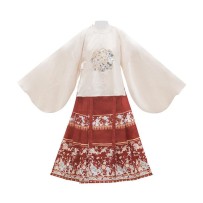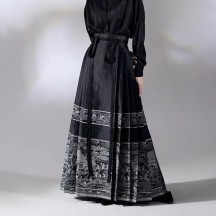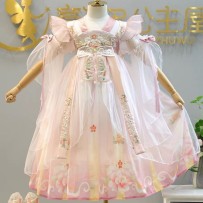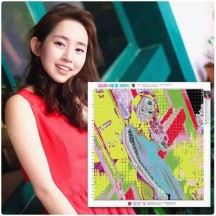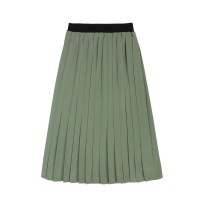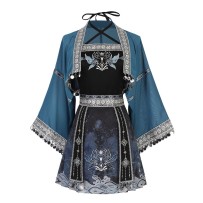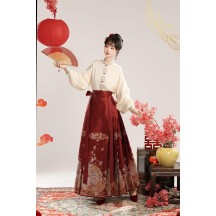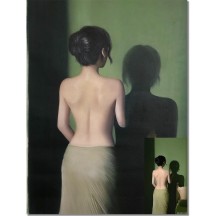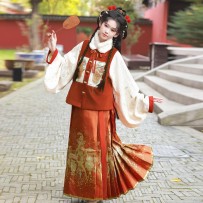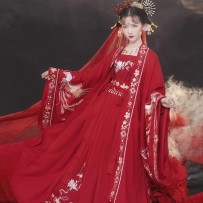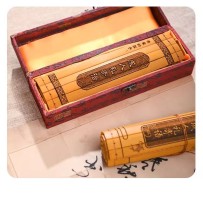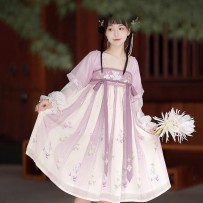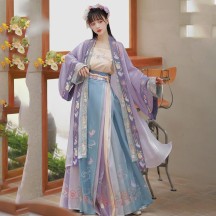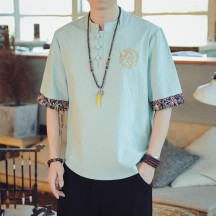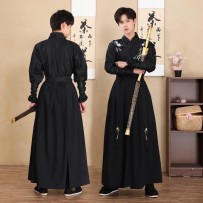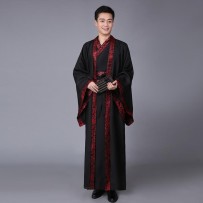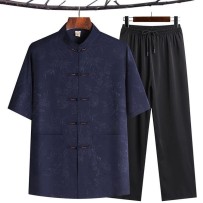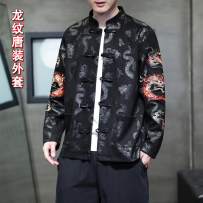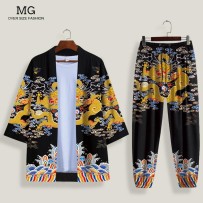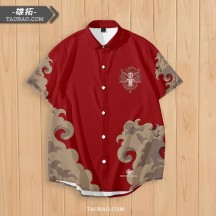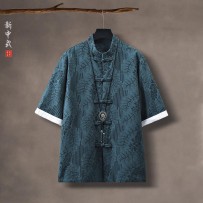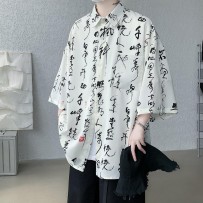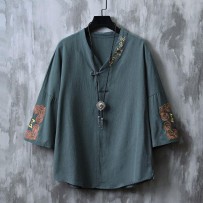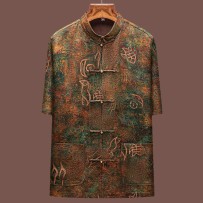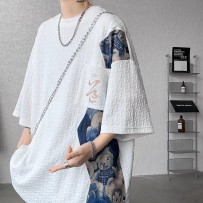The horse-face skirt symbolizes courage and strength. Its design features the image of a horse’s face on the front of the skirt, representing the spirit and power of the horse. In ancient times, the horse-face skirt was an important element of traditional women’s clothing in southern China and stood as a symbol of wisdom and bravery in traditional Chinese culture.
Home
Subcategories
The horse-face skirt symbolizes courage and strength. Its design features the image of a horse’s face on the front of the skirt, representing the spirit and power of the horse. In ancient times, the horse-face skirt was an important element of traditional women’s clothing in southern China and stood as a symbol of wisdom and bravery in traditional Chinese culture.
Chinese cross-stitch embroidery is a traditional craft using cross-stitch techniques on gridded fabric to create landscapes, florals, figures, and more. Employing cotton threads and gradient color schemes, it blends traditional aesthetics with modern craftsmanship. Valued as decorative and collectible art, these works embody auspicious symbolism, widely used in home décor and cultural gifts, reflecting the essence of Chinese folk artistry.
Hanfu carries rich cultural significance, embodying the traditional aesthetics, etiquette, and cultural values of the Chinese nation. It is not just clothing, but an important symbol of Chinese heritage—representing history, culture, and a sense of national identity.
Hammer Glass Art is an innovative technique where portraits are sculpted on glass using precise steel hammer blows. Controlled cracks outline facial features and textures, blending the translucent nature of glass with sculptural depth, creating a striking fusion of strength and delicacy in modern portraiture.
Hanfu carries rich cultural significance, embodying the traditional aesthetics, etiquette, and cultural values of the Chinese nation. It is not just clothing, but an important symbol of Chinese heritage—representing history, culture, and a sense of national identity.
Custom DIY Puzzles: Transform your photos or designs into personalized puzzles. Choose size, piece count, and artwork. Made with eco-friendly imported materials and laser-precise cutting for art-quality durability. Ideal for gifts, keepsakes, or decor – a creative ritual to cherish memories
Hanfu carries rich cultural significance, embodying the traditional aesthetics, etiquette, and cultural values of the Chinese nation. It is not just clothing, but an important symbol of Chinese heritage—representing history, culture, and a sense of national identity.
Custom portrait oil painting service creates personalized artworks tailored to clients' preferences. Skilled artists employ delicate brushwork and eco-friendly paints, blending realism, impressionism, and diverse styles. Customizable sizes and settings, ideal for gifts, family portraits, or art collections. Transforms cherished moments into timeless art, with collaborative refinement to capture unique essence.
Hanfu carries rich cultural significance, embodying the traditional aesthetics, etiquette, and cultural values of the Chinese nation. It is not just clothing, but an important symbol of Chinese heritage—representing history, culture, and a sense of national identity.
Hanfu carries rich cultural significance, embodying the traditional aesthetics, etiquette, and cultural values of the Chinese nation. It is not just clothing, but an important symbol of Chinese heritage—representing history, culture, and a sense of national identity.
Chinese Bamboo Slip Customization involves engraving personalized texts onto traditional bamboo strips, blending ancient manuscript aesthetics with modern creativity. It preserves classics, calligraphy, or commemorative inscriptions, serving as a cultural artifact and artistic collectible, ideal for gifts, education, and cultural promotion.
Hanfu carries rich cultural significance, embodying the traditional aesthetics, etiquette, and cultural values of the Chinese nation. It is not just clothing, but an important symbol of Chinese heritage—representing history, culture, and a sense of national identity.
Hanfu carries rich cultural significance, embodying the traditional aesthetics, etiquette, and cultural values of the Chinese nation. It is not just clothing, but an important symbol of Chinese heritage—representing history, culture, and a sense of national identity.
Hanfu carries rich cultural significance, embodying the traditional aesthetics, etiquette, and cultural values of the Chinese nation. It is not just clothing, but an important symbol of Chinese heritage—representing history, culture, and a sense of national identity.
Hanfu carries rich cultural significance, reflecting the traditional aesthetics, etiquette, and artistic sensibilities of the Chinese nation. It is more than just clothing — it is an important symbol of Chinese culture, representing history, heritage, and a sense of national identity.
Tang-style clothing is more than just attire — it is a fusion of Chinese historical culture and modern aesthetics, embodying both cultural confidence and the spirit of cultural exchange.
The Lion Dance culture symbolizes good fortune, bravery, and strength. It is not only a form of folk tradition, but also a powerful emblem of national spirit. Often featured in festivals like the Spring Festival and other major celebrations, the Lion Dance plays a vital role in representing the unity of the Chinese people and the richness of cultural exchange.
Tang-style shirts are often imbued with a sense of cultural identity and traditional aesthetics. They not only reflect an appreciation for traditional Chinese clothing but also signify respect for Chinese culture and history.
Xiangyun silk, also known as Liang silk or cloud silk, and referred to as black lacquer silk when in black, is a traditional Chinese silk fabric. It is made by coating mulberry silk with the juice of the yam plant (Dioscorea cirrhosa), then covering it with mineral-rich river or pond mud, followed by sun-drying and processing.
The dyeing and finishing technique of Xiangyun silk is recognized as part of the second batch of National Intangible Cultural Heritage of China.










